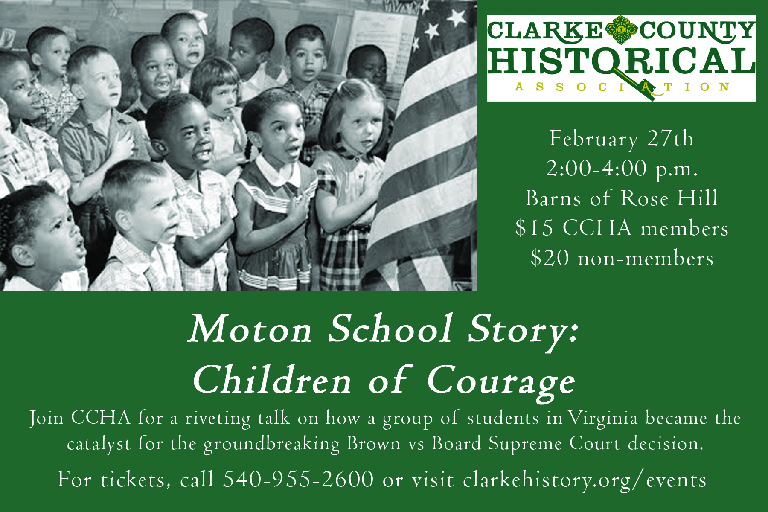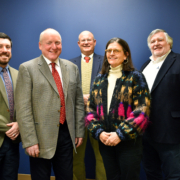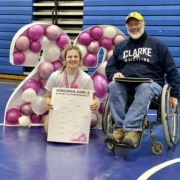Getting Everyone to the Table Discussions About Senior Living Options
Clarke Monthly asked the staff of Commonwealth Senior Living for advice on how to plan for a loved one’s transition from living alone “at home” to a community setting. We appreciate them providing the information below which was a guest blog post by Mindy Godding of Abundance Organizing. The original post can be found here.
You may have noticed signs a loved one is struggling to maintain the demands of their home while you were visiting over the holidays. Many of us agonize over the uncertainties of approaching our loved ones about these concerns or with suggesting the idea of senior living. Perhaps you’ve tried to broach the topic with family members in the past, only to have the dialogue break down in frustration. While it might be easier to avoid the topic, doing so can lead to bigger challenges. Like returning an overdue library book, today’s fine is better than tomorrow’s compounded fees. Seems logical, yet we all can get caught walking the path of least resistance. If we know it’s best to act, why do we leave the “elephant in the room?
”Here are a few reasons:
We think it’s too far in the future. The longer you delay, the harder these conversations become because options be- come more limited. Don’t wait for a triggering event. Crisis is the absolute worst time to have this discussion. Focus on building a plan, rather than jumping into action.
We think it’s depressing or upsetting. These conversations don’t have to be heavy or sad. Instead of steeling yourself for a moment that’s formal or stiff, let your curiosity be your guide. Resist allowing fear to drive your agenda or tone.
Our loved one is afraid to lose control. Make sure your loved one knows they are firmly in the driver’s seat during discussions impacting their future. Even if you have no concerns and your loved one doesn’t need to move any time soon, it’s valuable to have a plan. The most productive dialogue happens when every- one feels safe and secure. For someone who values control, the worst thing you can do is avoid the opportunity to share your feelings and advocate for yourself while you have the time and space to reflect with- out stress.Understanding everyone’s concerns and interests around this sensitive topic can lead to a more meaningful conversation. Sometimes we must start gently or be prepared to circle back to the topic con- sistently over time. When everyone has come to the table, here are tips on maintaining a meaningful dialogue.
Don’t go in with an agenda. It helps to gather facts and in- formation first, however the primary goal is to initiate a dialogue, answer questions, or problem solve. If you have concerns, state what you’re observing without assigning judgement. Ask lots of open- ended questions. Park your emotions at the door. Stick to the facts, and be ready to listen.
Be prepared to have these conversations any time. Listen for relevant anecdotes about family friends, neighbors, or others in casual conversation. If you get deflected, ask: “If not now, when?” These conversations tend to get easier the more you revisit them. Many people need to process for a while before they feel confident making what they perceive to be a big or high
stakes decision.
Use whatever tools you need. There are many helpful tools online like conversation-prompting flashcards, note-taking worksheets, and topic checklists to help guide
the conversation.
Involve a professional. If emotions run high, a neutral third party can often diffuse tricky situations and distill a conversation down to actionable steps. This could include someone from the senior living community you are considering or a councilor who
specializes in transitions.
Stay present. Concentrate on listening to understand versus listening to respond. Listen for themes in your loved one’s stories and repeat key points backtoconfirmeveryone’son the same page. Record the conversation so you can focus on listening, not taking notes.
Focus on areas of agreement, not dissent. Many of us tend to back our position so rigorously we can’t see the forest for the trees. Meaning we risk losing creativity that could lead to compromise. Find areas of common ground and leverage those as your starting point for building further consensus.
These conversations are never predictable and can seem daunting, however they may be easier than you think. Reaching understanding can give everyone a sense of deep relief but getting started is often the hardest part. For more information, visit www.commonwealthsl.com.






